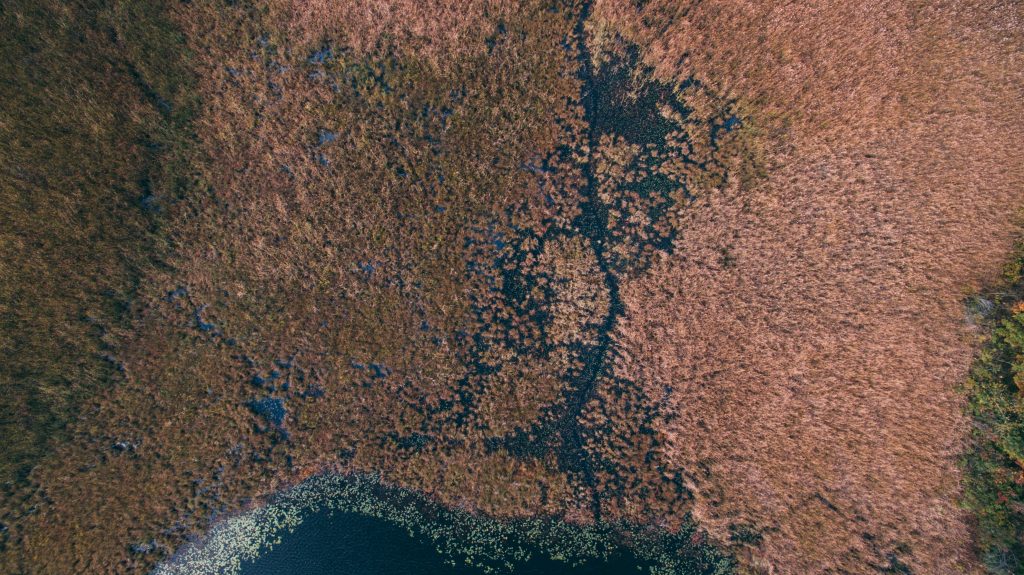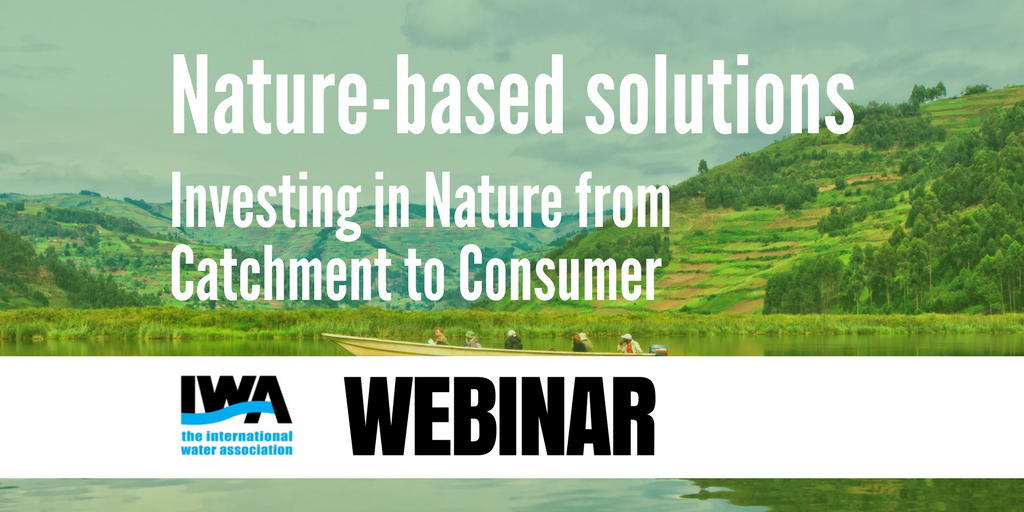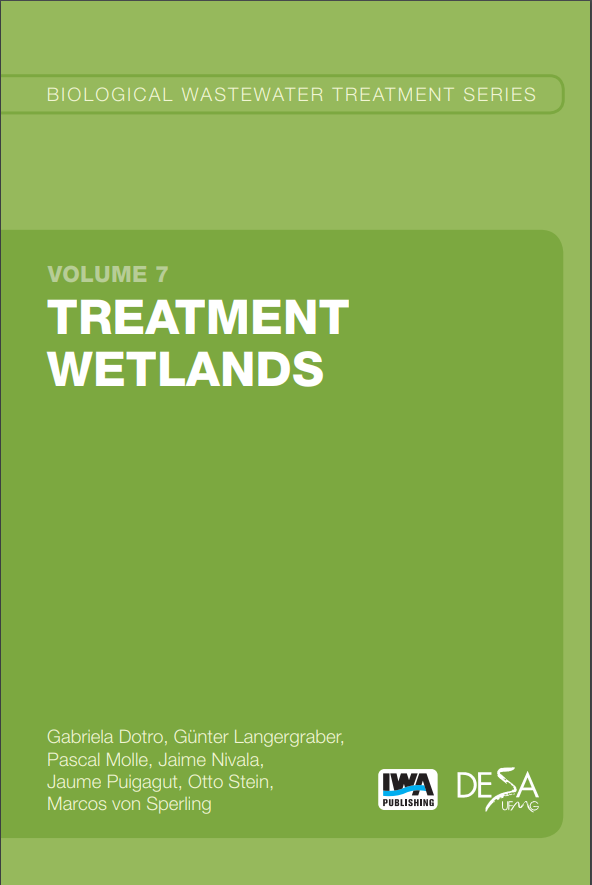Wetlands can provide a pathway for a sustainable urban future
For the first time in human history, over half of the world’s population, around four billion people, live in cities or urban areas. This trend has been accelerating over the last few decades, and currently the global urban population is increasing by around 2.4% year on year. This fundamental demographic shift means that by 2050 two thirds of the world’s population will be living in cities, which will demand ever-greater resources to service them.
Cities are drivers of the global economy, accounting for around 80% of global economic output right now. That figure will grow as cities swell to accommodate even more people. This makes getting integrated urban planning and water resource management ‘right’ increasingly important. One of the most critical issues to get this right is how to balance continued city growth in population, footprint and wealth without doing irreparable harm to the natural environment.
Wetlands provide a critical urban resource
Rapid urbanisation, especially in low- and middle-income countries, brings with it immense challenges, no more so than for water resource management. As lifestyles change, demand for water rises, and competition between water for human consumption, agriculture and energy is intensifying demand to a point that is no longer sustainable. Wetlands provide a vital resource in managing growing water demand, and also as a natural means of cleaning wastewater.
As cities grow, demand for land increases and wetlands are frequently drained, filled in and built upon. Wetlands are important. They protect and improve water quality, provide habitats for fish and wildlife, store floodwaters and maintain surface water flow during dry or drought periods. Urban wetlands contribute to the livability of cities in many important ways. They reduce flooding, replenish drinking water, filter waste, provide urban green spaces, and are a source of livelihoods. Urban wetlands should be integrated into a city’s planning and development for a sustainable future.
Marshlands, at Rose Oaks County Park, Holly, United States. Photo by Chris Bair on Unsplash
Natural solutions for wastewater management
There are 2.4 billion people living without basic sanitation. For another 2.1 billion, wastewater drains directly into surface waters – rivers, lakes, wetlands. Despite improvements over past decades, unsafe management of fecal waste and wastewater still presents a major risk to human and environmental health. How can nature help billions of people access sanitation and improve water quality across the globe? How can these sanitation goals contribute to benefiting nature?
There are various natural solutions that can be part of wastewater treatment systems. Wetlands function as natural filters, supporting the removal of wastewater contaminants such as bacteria, heavy metals, pesticides and high levels of nutrients. Constructed wetlands, often built as part of sanitation infrastructure by municipal utilities, can do the same thing with domestic and industrial wastewater and sewage.
Both constructed and natural wetlands being used to help treat wastewater, have other benefits if managed carefully. This includes creating a green oasis in the city, providing leisure opportunities, employment opportunities, mitigating urban heat islands, and providing habitat for wildlife. Furthermore, sanitation approaches that actively incorporate natural process such as constructed wetlands can yield a significant profit for local communities through the provision of biomass and aquaculture, and might be a powerful tool for breaking the poverty cycle.
IWA with TNC are leading on a working group on Sanitation for and by Nature which is being supported by the Science for Nature and People Partnership. The working group is looking at how nature based solutions such as wetlands can be part of wastewater treatment in a way that benefits both human and ecosystem health.
The working group is developing evidence based guidance which assesses both the technical feasibility and practicality of placing effective nature-based sanitation solutions such as wetlands in diverse local and cultural contexts. The aim is for the guidance to provide approaches for sanitation providers and regulators to design and integrate wastewater treatment facilities with ecosystems in a way that benefits public health and the environment.
https://iwa-network.org/projects/sanitation-for-and-by-nature/
What can you do for World Wetlands Day?
≡ Register for the series of IWA webinars highlighting the integration of wetlands and other nature-based solutions (NBS) in urban water management
The first webinar on March 15th, 3pm Amsterdam time, focuses on the practical approaches of integrating natural infrastructure into the planning and implementation from catchment to consumer. It highlights approaches cities together with their utilities are taking as proactive engagement in managing water resources to secure water, food and energy resources, reduce the cities’ pollution and better control and prepare for flood risks. Find out more and feel free to share with your peers!
≡ Have a look at the IWA Publishing Biological Wastewater Treatment Series.
You can download Volume 7 – Treatment Wetlands for free.
≡ Join the IWA Specialist Group on Wetland Systems for Water Pollution Control.
Stay on top of innovations, new publications and events in the field of wetland systems and technologies, and connect with over thousand specialists in the field.
≡ Submit your abstract to this year’s IWA conference on Wetland Systems before the 28th of February!
Learn more about wetlands at the official World Wetlands Day website!






